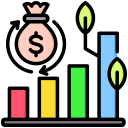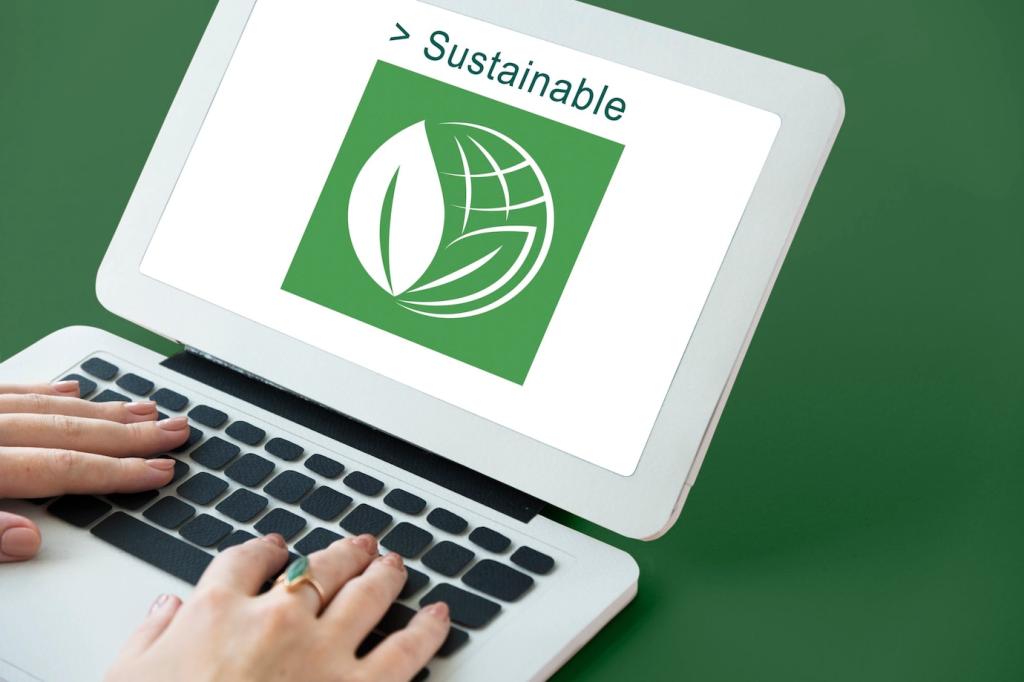Bringing Metrics to Life in the Narrative
Lead with the story: how shifts in carbon intensity, water security, and workforce inclusion changed investment, jobs, and revenues. Anchoring sustainability metrics in economic growth reports to real decisions invites leaders to act—and invites readers to subscribe for updates and deeper briefings.
Bringing Metrics to Life in the Narrative
Use consistent baselines, uncertainty bands, and unit annotations. Pair dual-axis charts sparingly. Thoughtful design ensures sustainability metrics in economic growth reports illuminate trade-offs and progress, helping citizens, journalists, and legislators compare scenarios without confusion or accidental distortion.
Bringing Metrics to Life in the Narrative
Translate each metric into next steps: retrofit targets, watershed restoration, skills programs, or procurement standards. By linking sustainability metrics in economic growth reports to specific actions, you mobilize participation. Share your ideas in the comments and join our newsletter to shape future editions.








